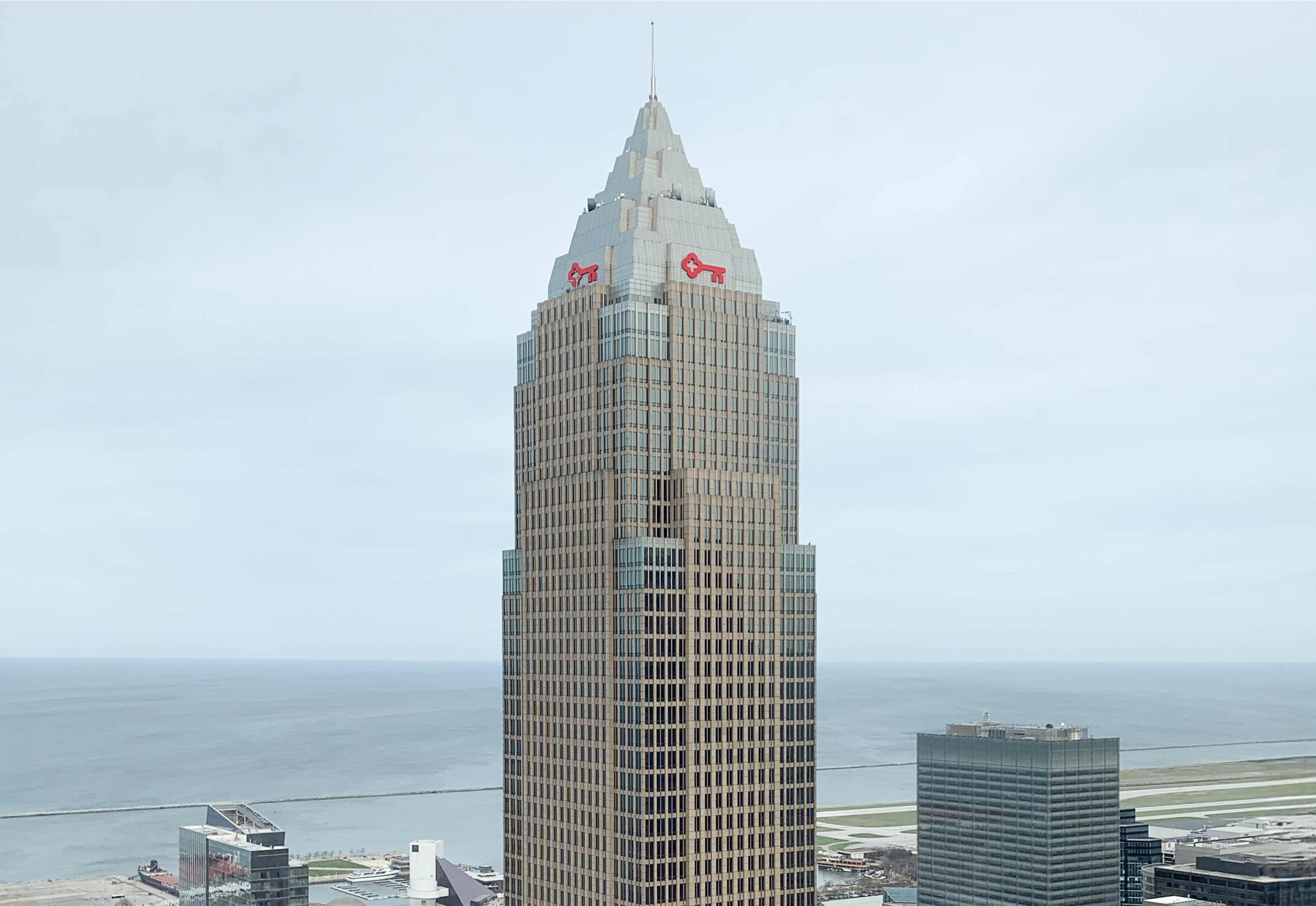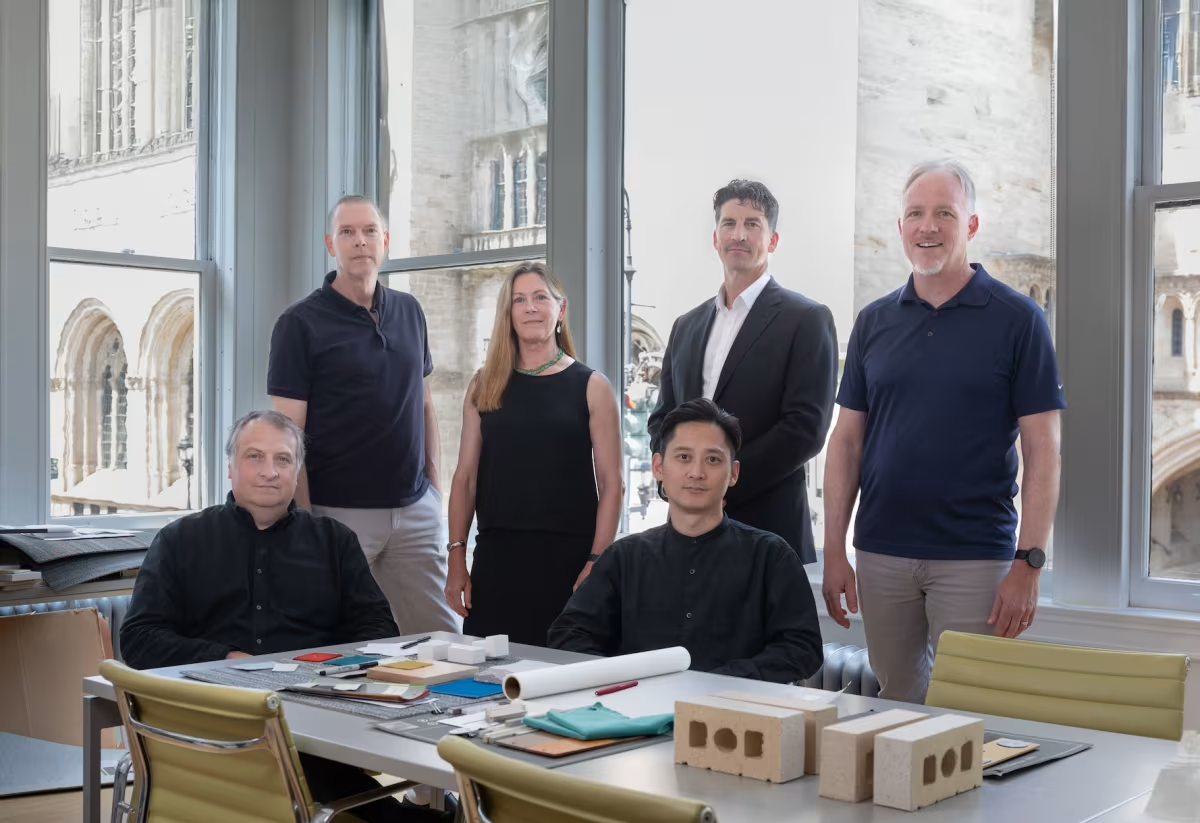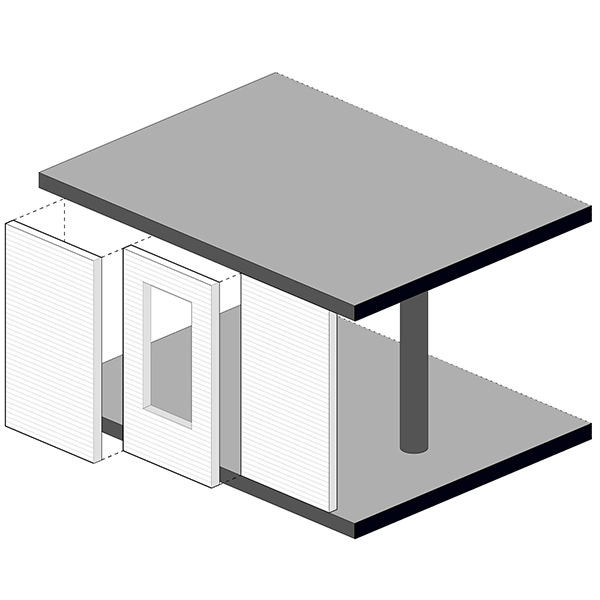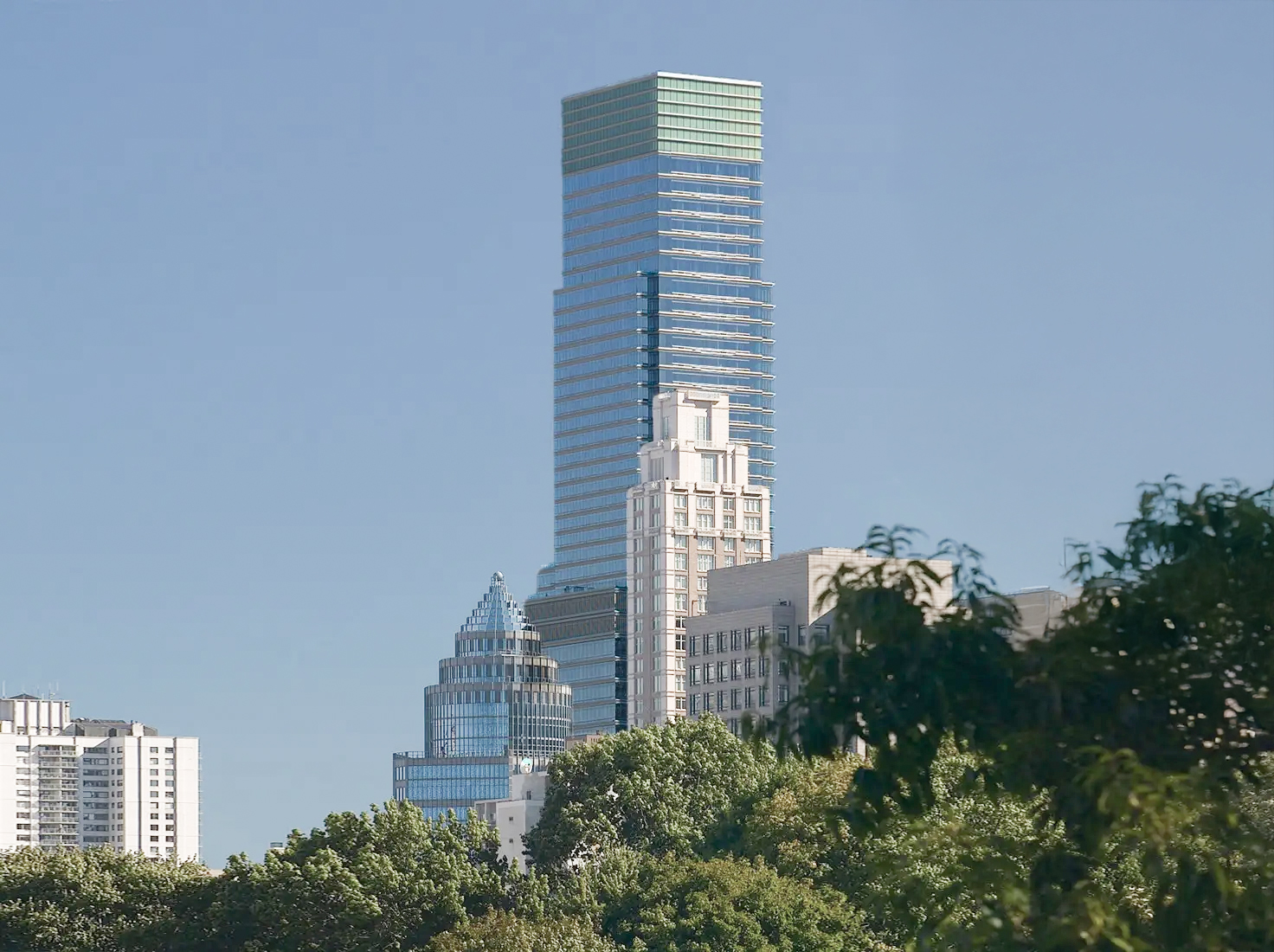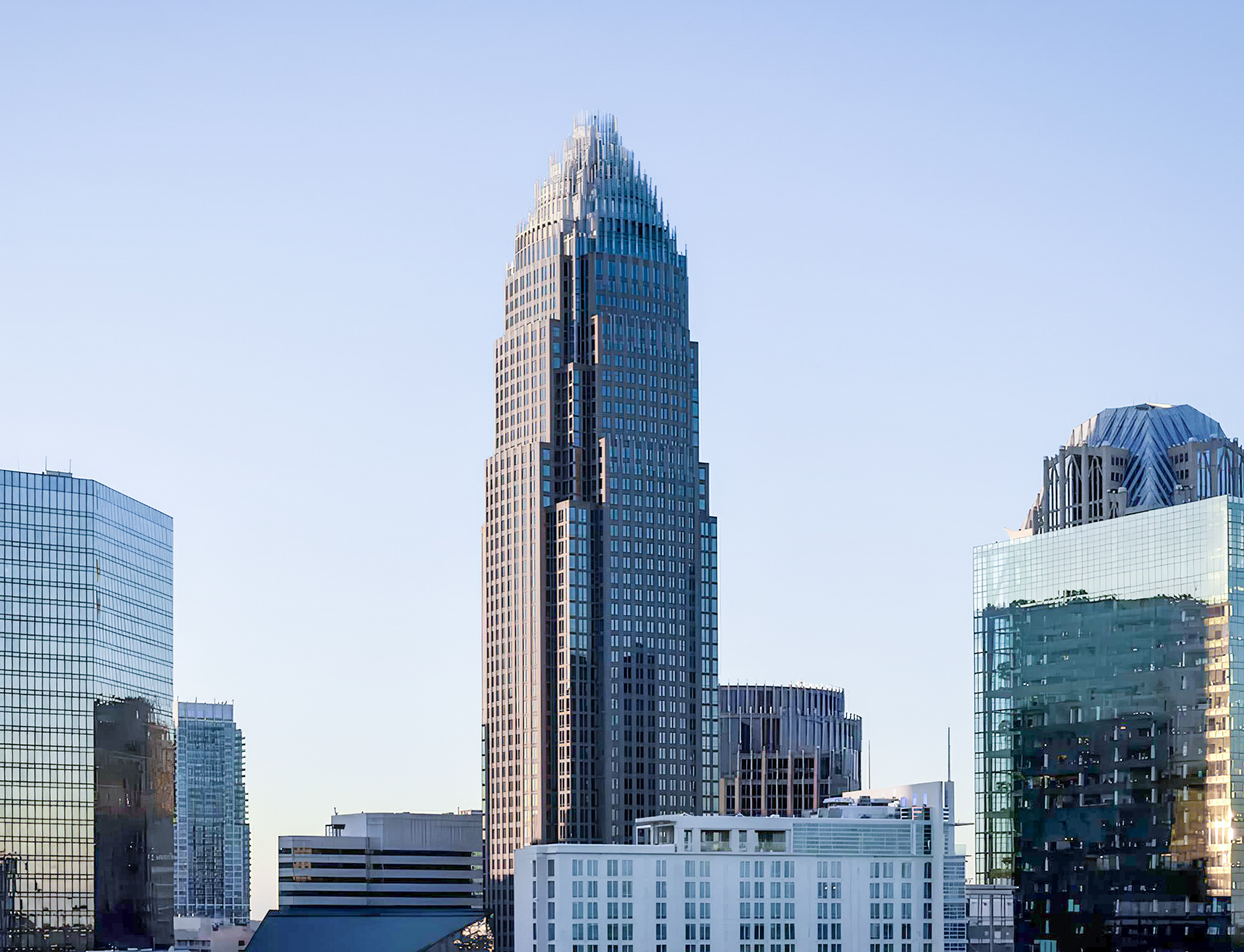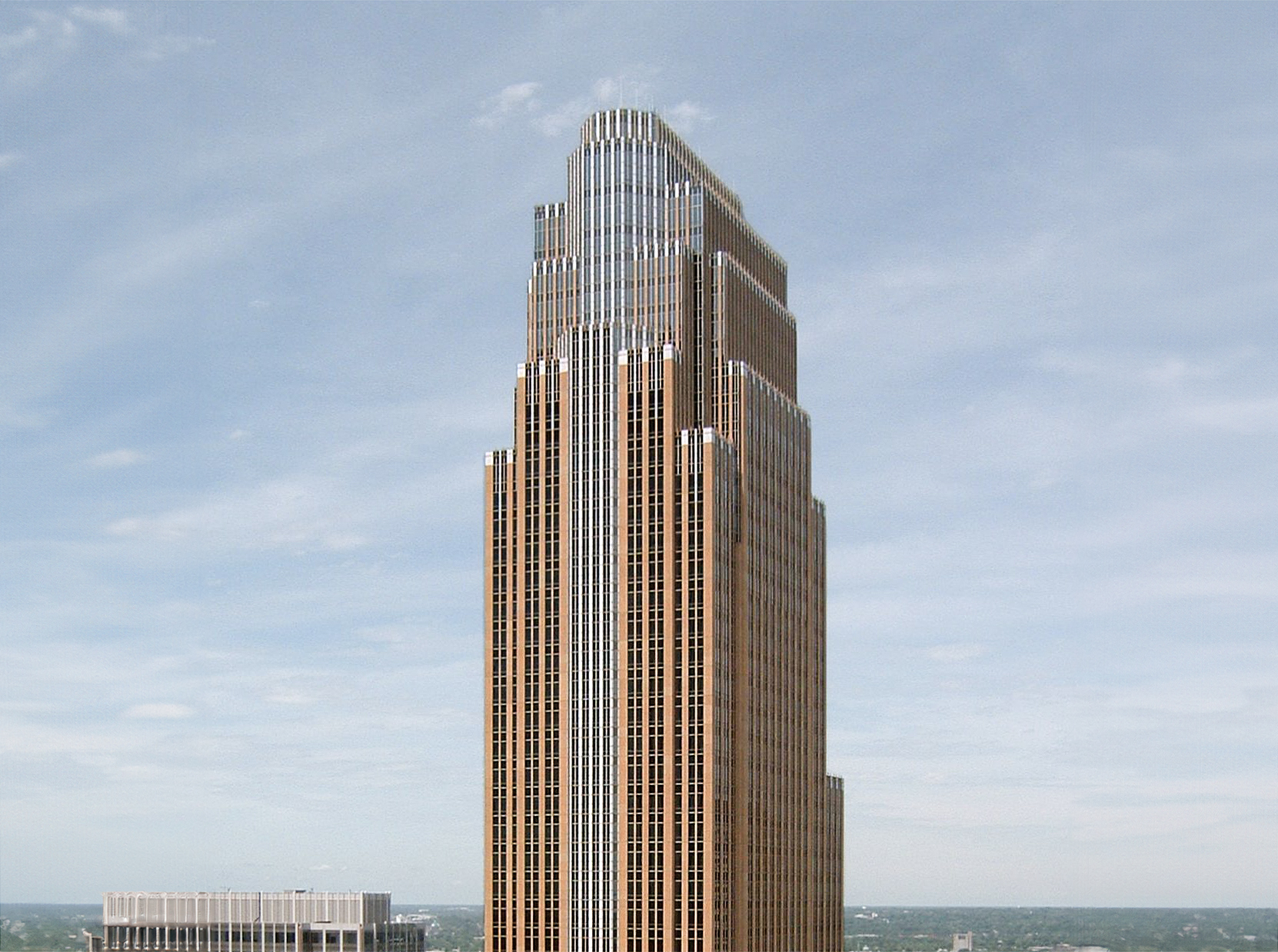The Key Tower is a Postmodernist skyscraper designed in 1988 by César Pelli & Associates, in association with Kendall / Heaton Associates, and built between 1989 and 1991, for a reported $400 million dollars, in Cleveland, OH.
Key Tower is not the only name you might know this building by though. It is common for companies to want to attach their names to iconic buildings when they move in, or for the general public to come up with nicknames, and this one is no exception. The Key Tower is also known, or has been known as, Society Tower, or 127 Public Square.
Its precise street address is 127 Public Square, Cleveland, OH. You can also find it on the map here.
In 2010 the Key Tower was awarded with the Office Building of the Year award by Greater Cleveland chapter of the Building Owners and Managers Association.
The building underwent a major restoration between 2017 and 2018. The architect commissioned to undertake this restoration was K2M.
